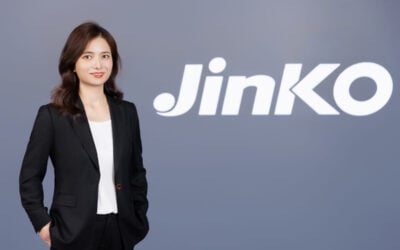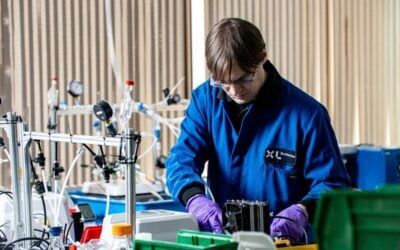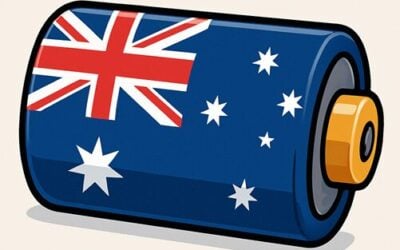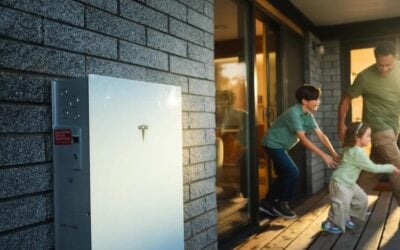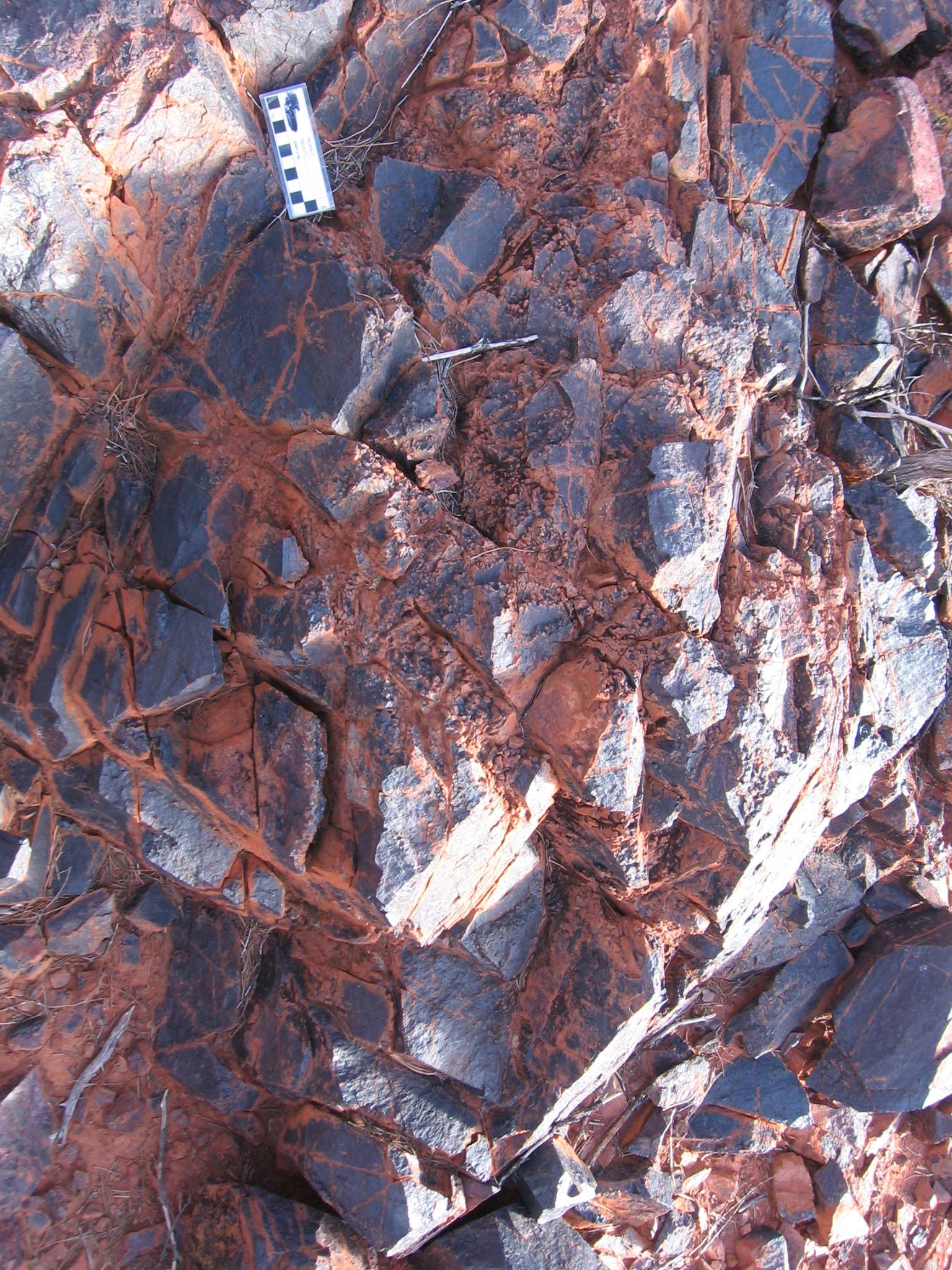
Energy storage systems based around vanadium redox flow batteries (VRFBs) are being developed for residential use in Australia by partners Australian Vanadium (AVL) and Gui Zhou Collect Energy Century Science and Technology.
AVL made an announcement of the news to the Australian Securities Exchange yesterday. While the vast majority of new household battery systems are based around lithium-ion, an AVL representative told Energy-Storage.news that the advantages of a flow battery could include the ability to “store a lot more energy”, while the product is “inherently non-flammable”. The spokesperson also pointed out that the vanadium electrolyte can be reused at the end of the battery’s mechanical lifetime.
A 5kW / 30kWh system will be installed in Perth, Western Australia, to test out the technology and concept and provide feedback for product development. The system is being connected to the grid using an inverter approved by the national Clean Energy Council, which means it can be connected to a solar PV system and used to store energy for self-consumption at the site or for export.
With household lithium-ion systems generally in the range of about 7kWh to 15kWh in Australia, AVL believes that as well as simply enabling more self-generated power to be used onsite, VRFBs could be an answer to flattening Australia’s ‘duck curve’, enabling households to sell their energy back to the grid much further into the peak after solar generation drops off.
Try Premium for just $1
- Full premium access for the first month at only $1
- Converts to an annual rate after 30 days unless cancelled
- Cancel anytime during the trial period
Premium Benefits
- Expert industry analysis and interviews
- Digital access to PV Tech Power journal
- Exclusive event discounts
Or get the full Premium subscription right away
Or continue reading this article for free
“VSUN Energy has seen a significant number of inbound enquiries for a grid connected, long duration residential VRFB to fill a space that is currently met by short life, short duration, less flexible and less safe energy storage solutions. Using solar energy at a time that suits the householder is the ideal application for VRFB energy storage,” AVL managing director Vincent Algar said.
Australian Vanadium’s battery integrator subsidiary VSUN Energy has ordered the system from Gui Zhou Collect Energy, which is a flow battery R&D and industrialisation company headquartered in Guizhou, China, and trading under the name CEC VRFB Co.
A memorandum of understanding (MoU) has been signed by the two parties for CEC to develop battery storage solutions for residential use and the off-take of vanadium pentoxide supply for VRFBs that CEC installs in Australia as well as internationally, for an initial sum of 2,000 tonnes per annum. AVL said this is of particular interest to CEC as much of China’s domestically produced vanadium goes straight to its micro-alloy steel manufacturing industry, meaning availability is constrained.
Australian Vanadium will produce electrolytes for the batteries in Australia, while included in the MoU is an exclusivity deal for battery system sales in the country for a period of 12 months. AVL said that a finalised product is “anticipated” to be on sale to the public by early 2021.
AVL recently also signed an MoU to be involved in larger-scale system development for the Australian market, agreeing to support the manufacture and sale of VRFBs with Enerox, which makes and markets systems under its CellCube brand. That deal, expected to encompass systems for the commercial, industrial and grid storage markets, also includes a vanadium pentoxide offtake agreement, with AVL developing a site in Western Australia from which it can excavate raw materials.
“Our goal to vertically integrate from mining vanadium, all the way through the value chain to onshore production of electrolyte and battery manufacturing in Australia, will allow AVL to benefit both commercially and ethically in helping the transition to a low carbon future and driving jobs growth in both the renewables and mining sectors,” AVL’s Vincent Algar said.
A German company, Voltstorage, is also looking to commercialise residential VRFB-based storage systems. Voltstorage raised just over US$7 million of funding in July. For the most part, vanadium batteries are being considered for much larger projects – China could deploy several multiple-hundred megawatt-hour projects under its national infrastructure investment programme in the next few years.
So far, the world’s largest such system (60MWh) was deployed in northern Japan by Sumitomo Electric Industries in 2016 and Sumitomo earlier this year won a contract to supply another 51MWh system to the same region, where like the previous project it will be used to store renewable energy from wind turbines in order to help integrate them onto the local grid. Another interesting project currently underway is in England, where a hybrid vanadium flow battery-lithium battery system will be used to help create a low carbon ‘Energy Superhub’.

